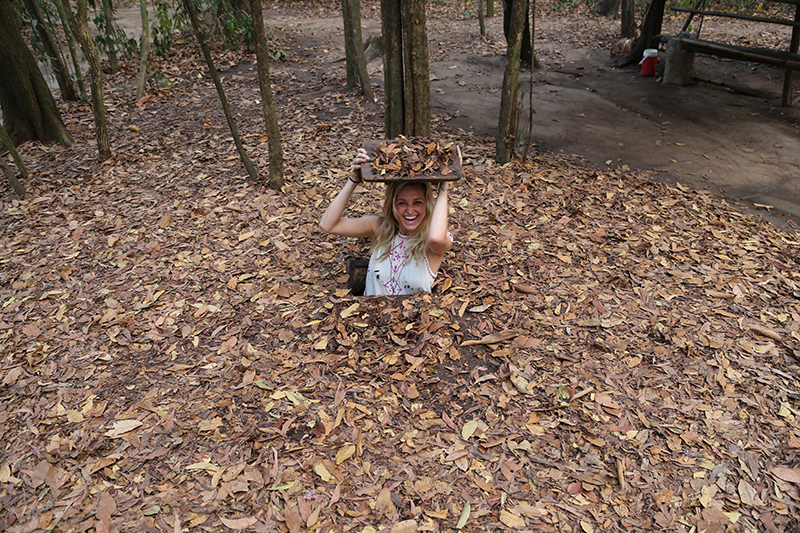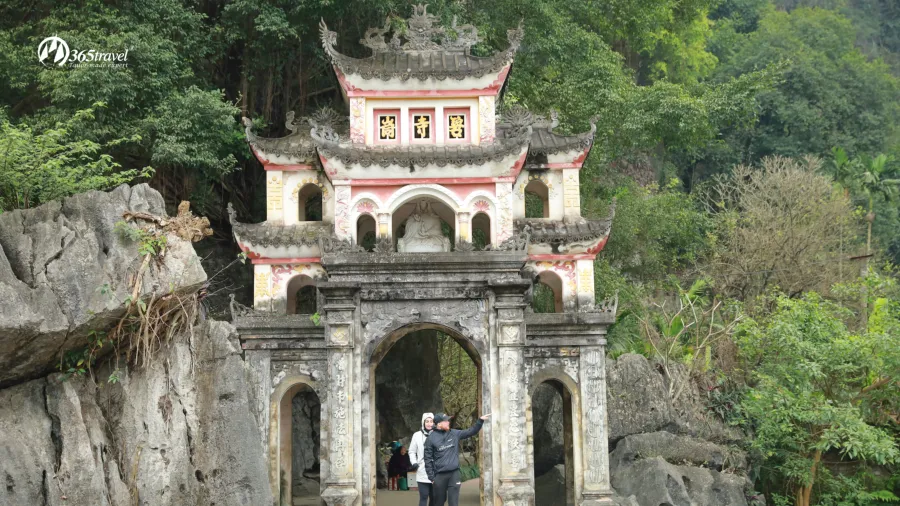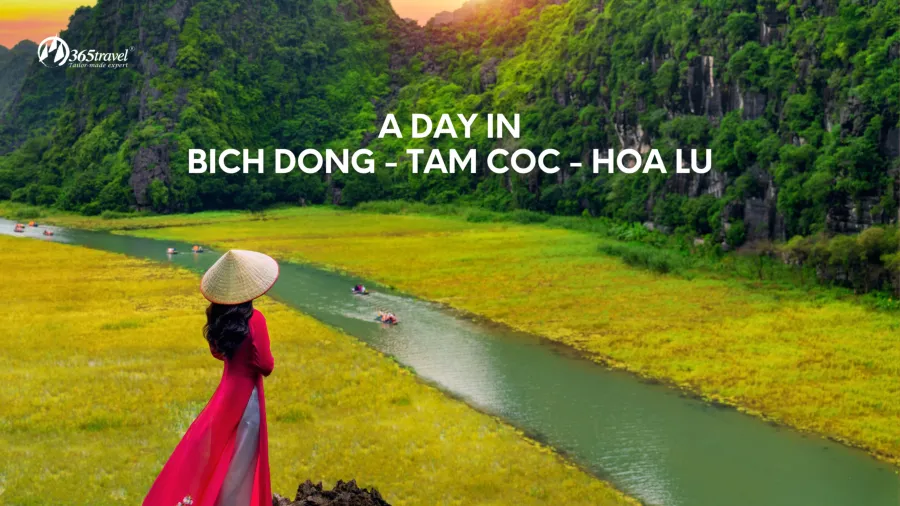Among remaining heritages of the American war in Vietnam, there is only one man-made wonder, which never ceases to amaze visitors both local and foreign alike to the point of admiration. This wonder is the Cu Chi network of tunnels.
Rated as one of world’s top underground tourist attractions by CNN, the tunnels of Cu Chi are a defense system in the ground, located in Cu Chi district, 70 kilometers to the Northwest of Ho Chi Minh city (formerly known as Saigon) in the South of Vietnam. The tunnels were built continuously over a period of 25 years starting from 1940 during the French war. Initially, the system was only 30 kilometers in total length of all tunnels combined. Later on, during the American war, it was significantly expanded into a complex network of 250 kilometers of tunnels.

The gigantic tunnel network connects multiple villages and communes stretching from the outskirts of Saigon to the Cambodian border. The tunnels were dug into laterite clay, which changes from soft in the rainy seasons to rock-hard in the dry seasons. The soil – unique to the land of Cu Chi – provides good support for the tunnels thanks to its structural stability and resistance to slide and erosion. Despite the favorable conditions of terrain and soil characteristics, tunnel digging remained a challenge demanding hard work from villagers who had no equipment but their own hands and simple tools such as hoes and shovels. To ensure proper air circulation inside the tunnels, a system of vents was also built. Different areas of the tunnels can be isolated for the sake of security in cases of emergencies. The tunnels – categorized into three depth levels of 3 meters, 6 meters and 8 meters and above – can accommodate up to 10,000 people. Going deeper, the tunnels shrink with declining heights and width only enough to allow Vietnamese to pass through. This was a purposeful design trait aimed to keep out American troops generally of much larger build.
The tunnels served as a military base for members of the resistance forces to hide, live, plan and fight battles against the Americans throughout the war. They were capable of withstanding deadly American bombings for days and even weeks while ensuring survival for their inhabitants without open fresh air and supply of food and water from outside. However, comfort was minimum in the tunnels due to various reasons of which the tunnel size was one. Moving around is extremely difficult, as one has no way to stand up but just to crouch and crawl. Long stay in the tunnels did cause people to develop illnesses from excessive dampness, heat and lack of sunlight as well as poor hygiene. Most common to tunnel inhabitants are symptoms of parasite infestation, bone weakening, pale skin and especially malaria. The unforgiving living conditions in the tunnels took the lives of a large number of people. Only 6,000 out of 16,000 tunnel inhabitants made it out alive to the end of the war.

Nowadays, only 120 kilometers of Cu Chi tunnels still exist. These are more than enough to attract foreign tourists especially those who seek to learn about the Vietnam War. Veterans from the war itself, is a typical group of high interest who would not miss the chance of visiting Cu Chi once in Ho Chi Minh City. Prior to the tunnel visit, many tourists express their doubt about statistics they read about Cu Chi tunnels. For them, the web-like 250 kilometers of tunnels in the ground is simply impossible. Hospitals, schools and kitchen serving thousands of people underground as integrated part of the tunnel system is even more unthinkable and seems to them like a plain product imagination. Those tourists’ doubt soon starts to disappear when they find themselves crawling on their knees and hands, squeezing their way through the dark and snugly fit tunnels with a claustrophobic feeling. As part of an underground life experience, tourists will be offered a snack of boiled cassava with sesame – a main food diet of tunnel inhabitants in the war – right in an underground hall located in the heart of the tunnels.
Many segments of the tunnels have been widened for easier passage for foreigners. In spite of the widening, these unique tunnels definitely are not for claustrophobics.
Jimmy – an American tourist exclaimed: “I have heard about Cu Chi tunnels before, but I cannot imagine how its residents can manage to survive here for over 20 years. Even when I visited myself, I still think they were too small for living.”
There is a saying that: “What you see with your own eyes is always more truthful than what you read in history books.” A journey back to the past to a seemingly indestructible city underground will be a worthwhile experience once you are in Vietnam no matter whether you are interested in the war or not. The tunnel is not just about the war but also represents the Vietnamese creativity and ingenuity in the face of life-and-death adversity.






 17 Years of Experience & Expertise
17 Years of Experience & Expertise